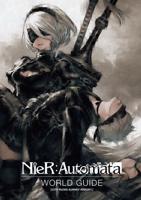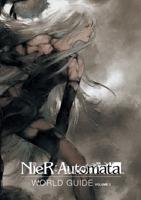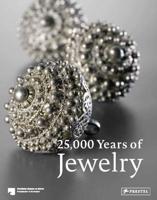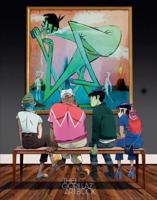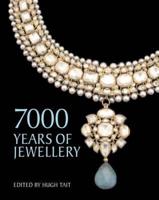Publisher's Synopsis
This first comprehensive study in English of Romanesque sculpture in Campania places the material in the context of South Italian medieval culture.
Although medieval Campania was part of the Norman kingdom, which at its zenith included almost all of South Italy, it has distinguishable characteristics that set it apart from its neighbors: the emphatic imprint of the Roman past, a long-lived Lombard settlement, the authoritative conservatism of the abbey of Monte Cassino, the lack of Byzantine dominance, and close political and cultural ties with Sicily. In this sense, Romanesque sculpture in Campania is very much a local phenomenon, for it evolved from a close study of local antiquity and the selective adaptation of elements from neighboring provinces. From its beginning, Romanesque sculpture in Campania is characterized by attention to small scale decorative motifs seen on both portals and capitals. By the latter part of the twelfth century, an avid interest in stone pulpits and paschal candelabra fostered both internal consistency in local workshops and specifically Campanian content in part inspired by the local liturgy.
Dorothy Glass's study urges that the definition of Romanesque be both expanded and extended chronologically to include the southern Mediterranean.



